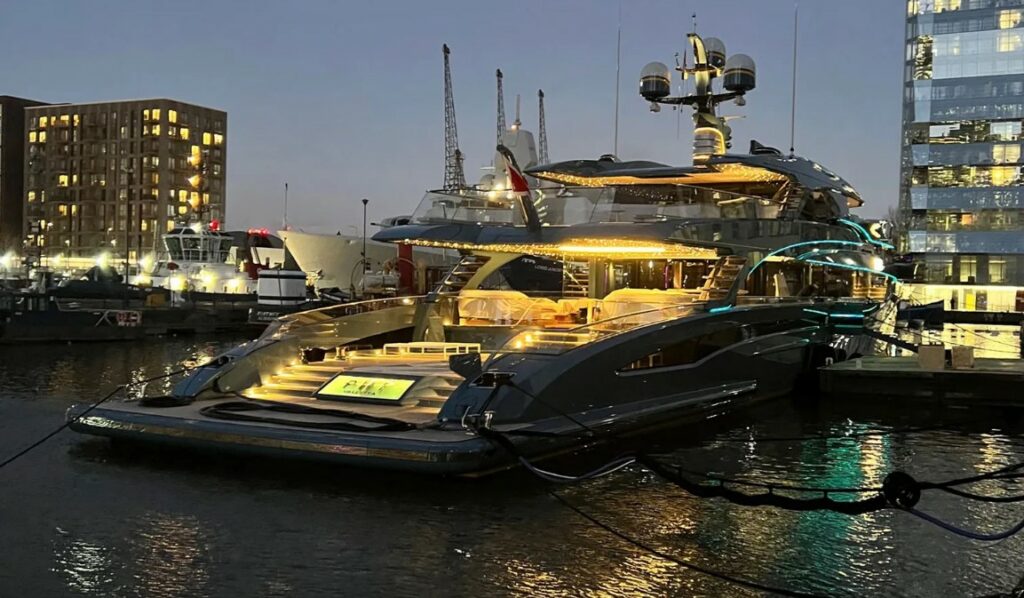Sanction asset seizure – virtue signalling or something more significant
11th November 2024

The case of the detention of the 59M Royal Huisman yacht PHI continues to highlight the issues of a “one size fits all” approach to asset sequestration under sanctions laws.
Seized in the UK in 2022, following Russia’s invasion of Ukraine, the Malta flagged yacht has remained immobilised in Canary Wharf. An appeal against this order was lodged in March 2024 on the basis that the owner was never personally named on any sanctions list. The UK Government asserts the legitimacy of the seizure due to the owner was “connected to Russia”. This appeal was rejected.
Despite being unable to use the yacht, the owner is still responsible for its running costs, estimated to be £11 million since seizure.
PHI’s Captain, Guy Booth, has stated that “Without access to suitable maintenance facilities and personnel, she continues to degrade and corrode, causing a significant risk to the environment and the neighboring residents, It seems, once again, no one quite knows how to deal with Phi. So, she sits here with a very long list of faults that present a very high level of serious risk.”
H&M and P&I seems to have lapsed, and lack of operational upkeeping risks her falling out of Class.
So, whilst depriving the owner of use of the asset, there are unanticipated wider implications. Is this more a case of a PR stunt than any tangible policy reasoning?
